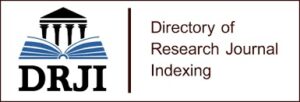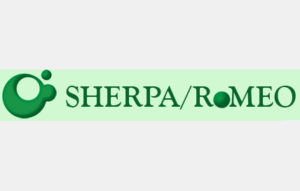Impact of Copper on Spectral Reflectance and Biomass Accumulation in Spinach Samples
This study investigates the impact of copper stress on spinach plants and the effectiveness of plant growth-promoting rhizobacteria (PGPR) in enhancing plant resilience. The research aims to correlate spectral reflectance at 663 nm with total biomass to develop a non-destructive method for estimating plant health under metal stress. The study employed a controlled experimental design with varying copper concentrations and PGPR treatments. Spectral reflectance data, stem height, root weight, and total biomass were measured and analyzed. Results indicate a robust positive correlation between reflectance at 663 nm and biomass with an R² value of 0.97, demonstrating that reflectance is a reliable predictor of biomass. PGPR treatments significantly improved biomass accumulation, mitigating the adverse effects of copper stress. These findings suggest that spectral reflectance can be an effective tool for real-time monitoring of plant health and stress. The study highlights the potential of integrating PGPR and spectral analysis in sustainable agriculture. However, further field-based research is necessary to validate these results across different conditions and species. This research contributes to the development of advanced precise agricultural practices aimed at improving crop resilience and productivity.
Keywords: Copper stress, Spectral reflectance, Spinach, Chlorophyll content, Antioxidant enzymes




















